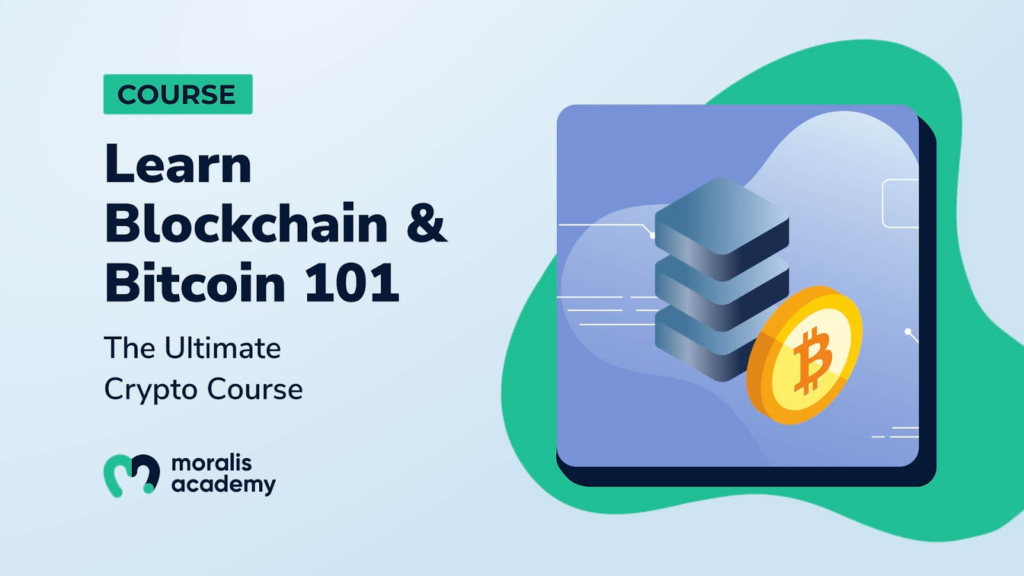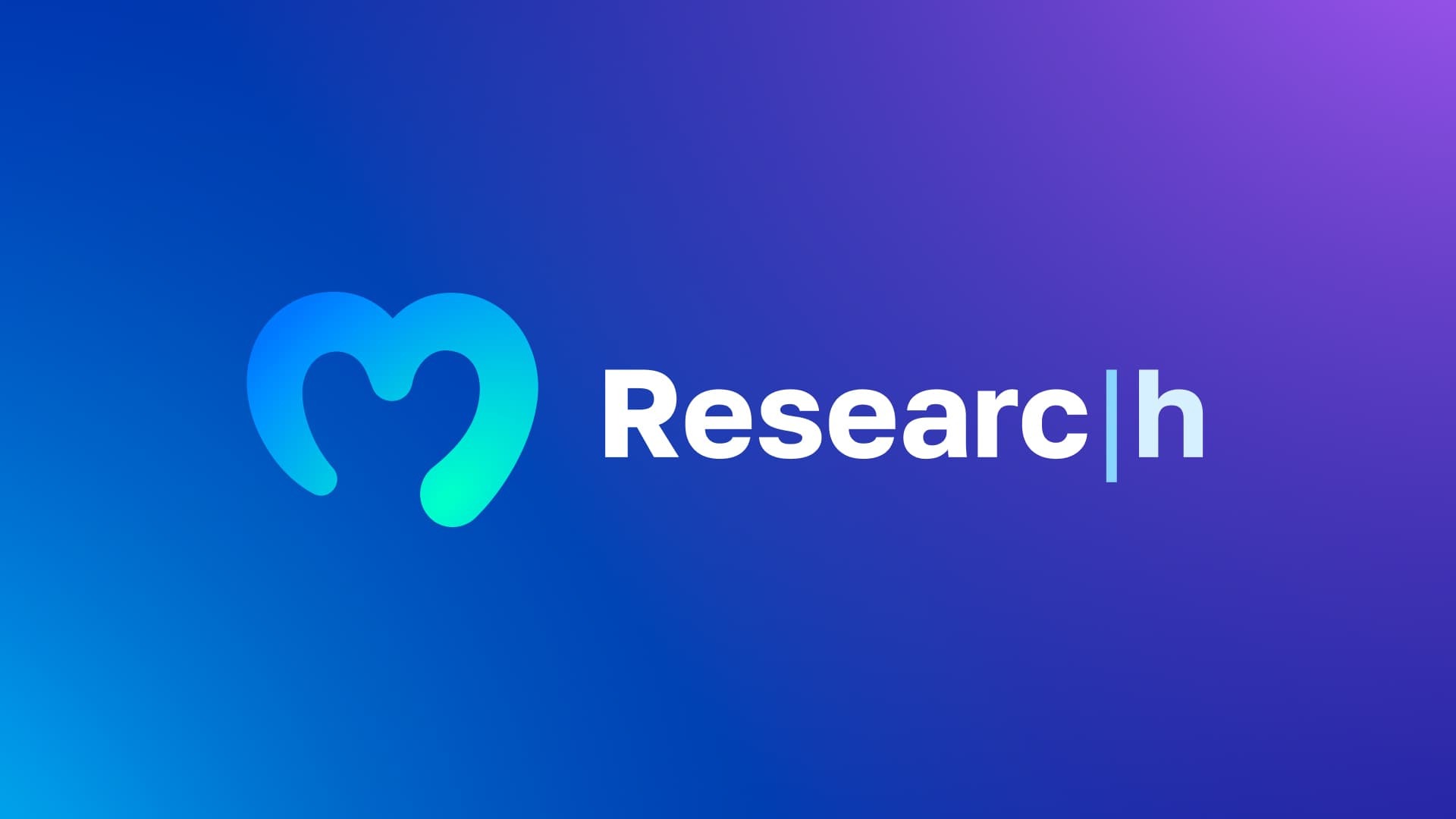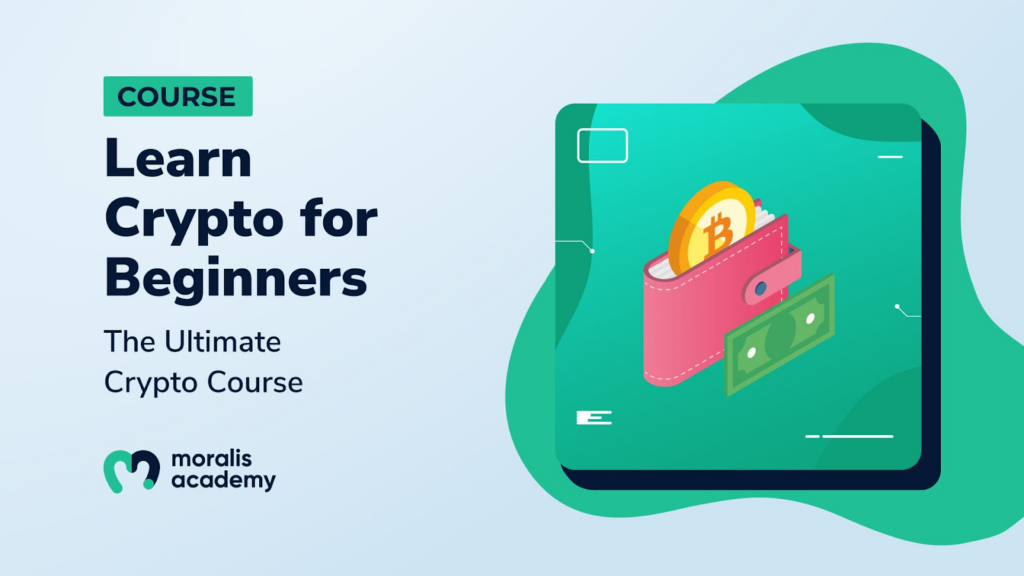Various popular crypto exchanges are introducing Proof of Reserves (PoR) as a way to assure their users that they are actually keeping their crypto safe. Although some parts of the crypto community see loopholes in the PoR concept, it’s still helpful in keeping exchanges accountable. Recently, platforms like Bitfinex, Binance, and Huobi announced that they included Fetch.ai (FET) as one of their reserve assets. Subsequently, the news had a significant impact on the FET coin price. Although Fetch.ai has existed for quite some time, recent events propelled interest in the project upwards. In fact, the crypto community is showing a renewed interest in Fetch.ai and its utility. In this article, we are going to answer critical questions like “what is Fetch.ai?”, “what can people create with Fetch.ai?” and “why is fetch.ai going up?”
Furthermore, we’ll take a look at the operational mechanism of Fetch.ai to find out what makes the project stand out. Also, we’ll check out the FET coin and its role in the project. Finally, we’ll learn about the Fetch.ai ecosystem and the different platforms that use the Fetch infrastructure.

Bitcoin is the first cryptocurrency in the world, and blockchain technology is the medium for all crypto projects. Learn the essentials of blockchain technology and Bitcoin at Moralis Academy.
What is Fetch.ai?
So what is Fetch.ai? Fetch.ai differs from most reputable crypto projects because it isn’t a classic blockchain network. Also, the project doesn’t use smart contracts like most cryptocurrencies that allow developers to launch decentralized apps (dapps). Instead, Fetch.ai uses artificial intelligence to create and operate a blockchain network. Fetch.ai works using AI agents instead of standard crypto smart contracts. While smart contracts are the essential moving force behind most blockchains, the Fetch team implemented a different mechanism.
The project’s first development phase began in 2017 with a team of experienced blockchain professionals that founded Fetch.ai. The core idea was to create a software company implementing AI functionalities within Web3 blockchain frameworks. Fetch.ai was publicly launched in 2019 through an Initial Exchange Offering (IEO) on Binance. At that time, Binance decided to act as a launchpad for Fetch.ai because of the project’s innovative technology. There weren’t any similar crypto projects on the market in 2019. Also, using AI instead of smart contracts to build a blockchain network seemed like an option worth exploring.
The team decided to use the Ethereum (ETH) blockchain during the early stages of the project. Consequently, the FET coin was an ERC-20 token. However, the team soon launched the Fetch.ai mainnet blockchain network with the Cosmos SDK. Thanks to its use of the Cosmos SDK, Fetch.ai is compatible with all custom blockchains that use Cosmos.
In conclusion, Fetch.ai offers blockchain developers a different, AI-powered perspective on dapp development. Developers can launch all kinds of decentralized platforms with the help of Fetch.ai by using AI mechanics. In some aspects, Fetch.ai offers more flexibility to developers than standard smart contract programming.

How Does Fetch.ai Work?
To answer questions like “what is Fetch.ai?”, “what can people create with Fetch.ai?” and “why is Fetch.ai going up?” we need to find out how Fetch.ai works. Fetch.ai is a blockchain ecosystem that allows developers to build decentralized platforms. Dapps built on Fetch.ai use the network’s FET coin to conduct various operations and facilitate transactions. However, Fetch.ai relies on artificial intelligence to create and power decentralized apps. The network’s AI serves the same purpose as smart contracts in traditional blockchains like Ethereum. Furthermore, developers can program the Fetch AI elements and agents to conduct various operations. Smart contract-based blockchains use smart contracts to execute all of the functions within decentralized apps. Smart contracts power all user interactions with the chain, whether it’s a DeFi protocol, NFT marketplace, or a blockchain game.
With Fetch.ai, all user and network interactions go through AI agents. The network itself has four operational layers. The first layer consists of user-facing tools. These are the tools used by developers to interact with the Fetch network. User-facing tools include a registry of autonomous economic agents (AEA), which is the Fetch network’s core element. Also, there’s the AEA manager tool, Fetch wallet, and the Fetch blockchain explorer.
The next layer are tools that use the Fetch blockchain. For now, this layer only has the AEA framework. Additionally, a third layer of the network is for tools that directly interact with the chain. The CosmPy programming library lets users directly interact with networks that use the Cosmos SDK. Also, there’s the Jenesis command line tool for programming contracts or, in this case, agents. The last layer of the network is the Fetch.ai blockchain itself.

Autonomous Economic Agents
Let’s take a look at the autonomous economic agents which are essential for understanding the question, “what is Fetch.ai?” on a deeper level. Also, understanding agents will make it easier to grasp what people can create with Fetch.ai. AEAs are programmed AI elements that execute various operations depending on what they are programmed to do. Developers can use AEAs to automate simple and complex processes within their dapps. For example, if a dapp needs to facilitate regular payroll operations, developers can create an AEA to manage the transfers. In a supply chain, AEAs can monitor the supply of products and initiate automatic orders to send shipments or refill the supply. In the case of digital marketplaces, an AEA can fetch market data and update it in real-time. AEAs are highly versatile AI elements and can go beyond simple tasks.
Developers can program an AEA to facilitate multiple operations depending on changing circumstances. Because of this, some developers claim that AEAs are more flexible than smart contracts. Since AEAs work based on artificial intelligence, they can automatically adapt to changing circumstances and search for solutions. Instead of exclusively fulfilling one set of predetermined actions, AEAs are proactive and search for new solutions. Because of this, an AEA is beneficial for dapps that deal with unpredictable circumstances. Apps like decentralized exchanges and DeFi protocols can use AEAs to automate most of their operations.

Web3 technology is transforming the internet, along with our everyday web experiences. Find out how Web3 will change the world at Moralis Academy.
The Fetch.ai AEA Framework
So, what can people create with Fetch.ai using the AEA framework? The AEA framework is an all-encompassing development suite for Fetch.ai agents. Every Fetch-based app uses the AEA framework. Also, developers need to use the framework to create AEAs and manage them. Once you create an AEA, you need to manage it with the AEA manager tool. This tool lets users steer their AEAs in the right direction and program them to carry out specific operations. Furthermore, developers can give AEAs sets of inputs for different situations. Based on these inputs, the AEAs can conduct operations on their own proactively. However, the AEAs tend to stay within a realm specified by the AEA manager.
Essentially, the AEA will stay within a particular scope of tasks and won’t just start doing unrelated tasks on its own. Also, the AEA framework has tools that enable the agents to carry out tasks efficiently. For example, the simple Open Economic Framework (sOEF) lets AEAs navigate the network, execute operations, and search for new goals. On the other hand, the Agent Communication Network (ACN) allows agents to exchange information and communicate with each other.
But what is Fetch.ai in terms of cross-chain connectivity? Does the framework allow the network to connect to more conventional blockchains? The answer is yes. Although Fetch.ai relies on AEAs, the AEA framework lets developers create cross-chain compatible dapps. For example, Fetch.ai apps can integrate with third-party blockchains such as Ethereum.

Start your crypto journey by learning the basics of the crypto market. Check out the Crypto for Beginners course at Moralis Academy.
The Fetch.ai Smart Ledger
So, what is Fetch.ai’s blockchain like? The blockchain is called the Fetch.ai smart ledger and uses innovative smart contract features adapted for Fetch AEAs. Essentially, the Fetch.ai blockchain merges smart contracts and AI-based functionalities. The developers took core elements of the classic, linear blockchain structure. The Fetch.ai blockchain houses transaction data in blockchain data blocks, but it assigns transactions to different lanes. Consequently, the network can process a high transaction volumes because there is more than one transaction lane. Users can participate in the network’s Proof-of-Stake (PoS) protocol that lets nodes approve traffic based on their stake of FET coins. Participants get FET coin rewards which are a portion of the network’s fees.
However, to implement AI functionalities and use AEAs, Fetch.ai combines blockchain technology with directed acyclic graph (DAG) features. DAG is an alternative distributed ledger format different from standard blockchains. This network architecture uses a decentralized mechanism in which nodes communicate with each other in an acyclic manner. Instead of following straightforward communication patterns, DAG nodes communicate with each other in various directions. Furthermore, this lets nodes communicate more efficiently and transfer more data than linear data communication patterns. The DAG model is ideal for AEAs because it enables the network to simultaneously support communication between millions of agents.

NFT marketplaces, dapps, and collections require an efficient API to put all the pieces together. Jump-start your NFT project with the Moralis NFT API.
The FET Coin
The FET coin is the crypto asset of Fetch.ai. FET holders can use the coin to stake it and earn staking rewards, and it’s also the network’s exchange currency. Users can exchange FET for other assets built on Cosmos SDK blockchains. Additionally, users pay transaction fees on the Fetch.ai blockchain with FET coins. Furthermore, developers need FET to pay for launching AEAs and using other Fetch.ai services. Every dapp that uses Fetch.ai depends on FET coins to facilitate its day-to-day operations. As the Fetch.ai ecosystem grows, so does the chance for the FET coin price to go up.
Every crypto project needs to track its token’s data in real-time efficiently. Integrate the Moralis Token API into your app to get all the necessary data your dapp needs.
Fetch.ai Use Cases: What Can People Create with Fetch.ai?
So, what can people create with Fetch.ai? Users can create AI agents to power all types of decentralized apps and delegate complex operations to the Fetch AEAs. When using AEAs, users can develop dapps where different functions depend on each other and let the AEAs synchronize with each other. Fetch.ai uses a multi-agent system that lets users integrate numerous AEAs within a single app and lets the AEAs interact independently.
For example, the CoLearn platform uses AEAs to provide users with shared machine-learning functionalities. Users can collaborate on machine-learning projects without knowing each other because Fetch AEAs create a trustless environment similar to smart contracts.
What can people create with Fetch.ai for businesses? One example is the Axim platform. Axim allows businesses to connect data silos and create secure data streams. Furthermore, companies can improve their analytics and optimize their performance using AEAs.
The Atomix platform uses Fetch AEAs to participate in stablecoin liquidity pools. The platform supplies liquidity to third parties through AEAs, and liquidity providers receive an annual percentage yield in return.
MOBIX is a platform that rewards eco-friendly mobility, such as riding a bike. Users can earn MOBIX token rewards by activating the app and riding a bicycle, e-scooter, or e-bike. AEAs are responsible for feeding the app with live data about user movement.
Finally, the Resonate app is a Fetch-based social platform that leverages AEAs to provide users with a personalized ReSource news feed.
These are just some of the use cases that can help you better answer the question, “what is Fetch.ai?”
The FET Coin Price: Why is Fetch.ai Going Up?
So, why is Fetch.ai going up? Recently the FET coin price made some huge gains. In fact, the FET coin price has pumped more than 150% since January 1, 2023. The main answer to “why is Fetch.ai going up?” is because major crypto exchanges added it to their asset reserves. When Binance, Huobi, and a few additional platforms revealed that FET is in their reserves, the FET coin price quickly started rising.
Subsequently, users started googling Fetch.ai and FET, followed by a considerable cash inflow into the project’s ecosystem. The rise of the project’s market cap and trading volume boosted the FET coin price. The news about using FET as a reserve token by major exchanges coincided with the FET coin price surge.
Although Fetch.ai has a vibrant, growing ecosystem of decentralized apps, it isn’t the answer to “why is Fetch.ai going up?” However, some in the crypto community believe that the renewed interest in the project might bring additional growth to the FET coin price in the future.
Check out the best Ethereum competitors for 2023 at Moralis Academy.
Deep Dive: What Can People Create with Fetch.ai? – Summary
The recent reveal of FET as a reserve asset on several major crypto exchanges answers the question, “why is Fetch.ai going up?”
Fetch.ai uses operational mechanics that are sharply different from most conventional blockchains. Instead of smart contracts, the project relies on AI-powered agents to create and power decentralized apps. Furthermore, developers can use the Fetch network to create all types of dapps, similar to other popular blockchains. However, unlike standard smart contracts, Fetch.ai’s agents can behave proactively and make operational decisions independently.
Learn about AnCrypto, the first chat and pay crypto wallet on the market.




